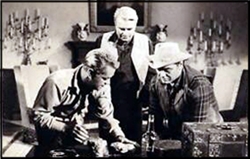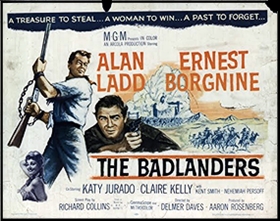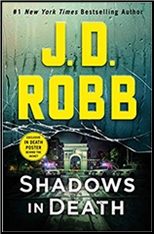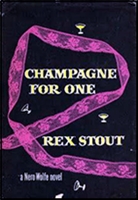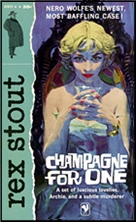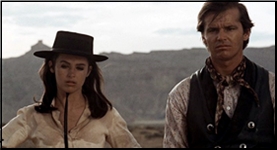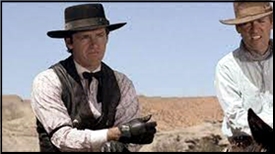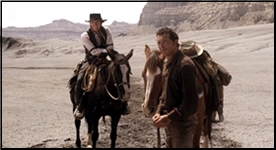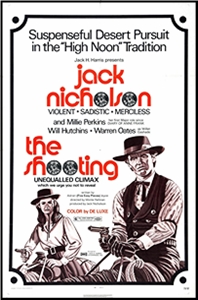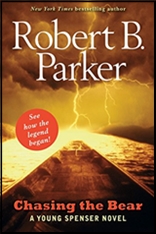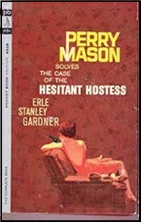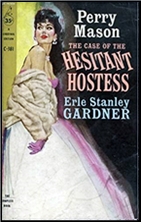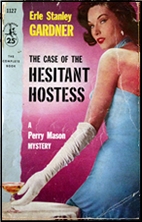Thu 27 May 2021
A Mystery Review by LJ Roberts: SHELDON SIEGEL – Final Out.
Posted by Steve under Reviews[4] Comments
Reviews by L. J. Roberts
SHELDON SIEGEL – Final Out. Mike Daley/Rosie Fernandez #12. Sheldon M. Siegel, Inc., paperback, January 2021.
First Sentence: The Honorable Robert J. Stumpf, Jr. scanned the empty gallery in his airless courtroom on the second floor of San Francisco’s crumbling Hall of Justice.
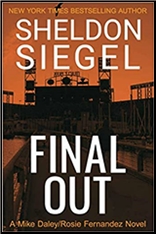
Jaylen Jenkins is arrested for the murder of prominent San Francisco sports agent Robert Blum. He is on video holding a baseball bat walking toward Blum, and then running away without the bat. Jenkins claims he is innocent. But is he? Without contradictory evidence, can attorney Mike Daley and the team of the San Francisco Public Defender’s Office use the “SODDI” defense to convince the jury that some other dude did it?
The story begins with a soft case to introduce the principal characters in a casual, conversational manner. In very little time, one is taken into the meat of the story and a case that couldn’t be more timely. One of the benefits is learning something new. Siegel walks readers through every aspect of the case allowing one to experience exactly what is involved. He educates without lecturing or slowing down the plot. After all, who else is familiar with the legal term “wobbler”?
It is impossible to conceive knowing one is innocent and while being told accepting a plea sentence of eight years is a “good deal,” yet that happens to so many.
Through the principal character, Mike, an ex-priest turned lawyer, Siegel created an excellent ensemble cast of Mike’s family and friends. They are wonderfully drawn; brought to life mainly though his skill with dialogue. Even Mike’s internal monologues add dimension to the character and the story.
One appealing aspect of the character is his realism. This isn’t a strutting, overly-confident lawyer, this is one who recognizes he could lose his case.
Set in the San Francisco Bay Area, captured in perfect detail, Siegel brings the region into focus. It is always fun having a book set in one’s hometown, being familiar with the places visited by the characters. It is even more amusing when the author’s description of a particular building echoes one’s own thoughts— “The Salesforce Tower dominated the San Francisco skyline and dwarfed the Transamerica Pyramid. It’s impressive in its size and technology, but it looks like an enlarged phallic symbol to me.”
Siegel’s style is one of short, tightly written chapters that read almost as vignettes. Each chapter compels one to continue reading straight through to the end.
Final Out is well written and completely involving. The underlying theme is a sad, but important truth about our justice system.
Rating: Very Good.
